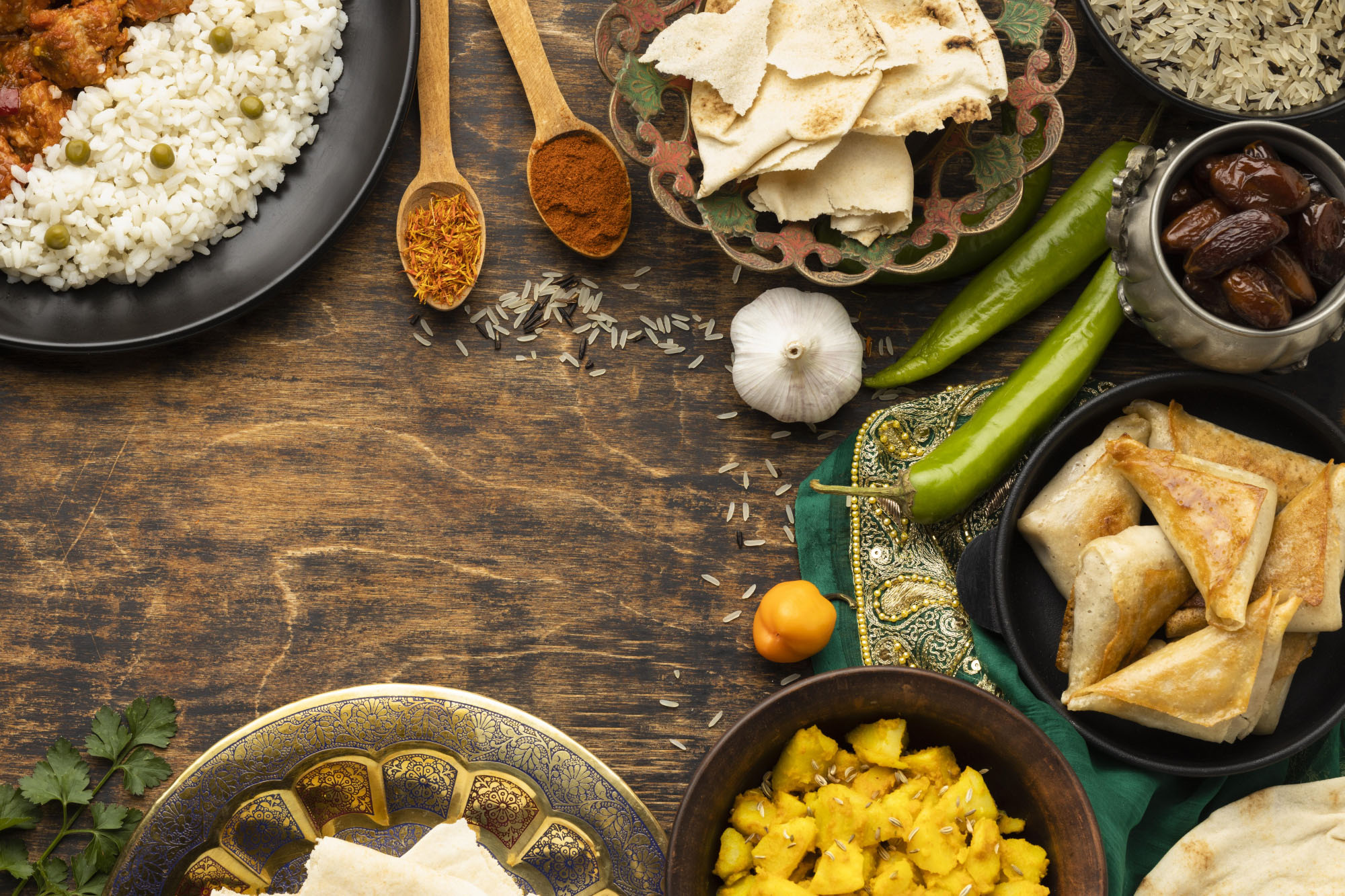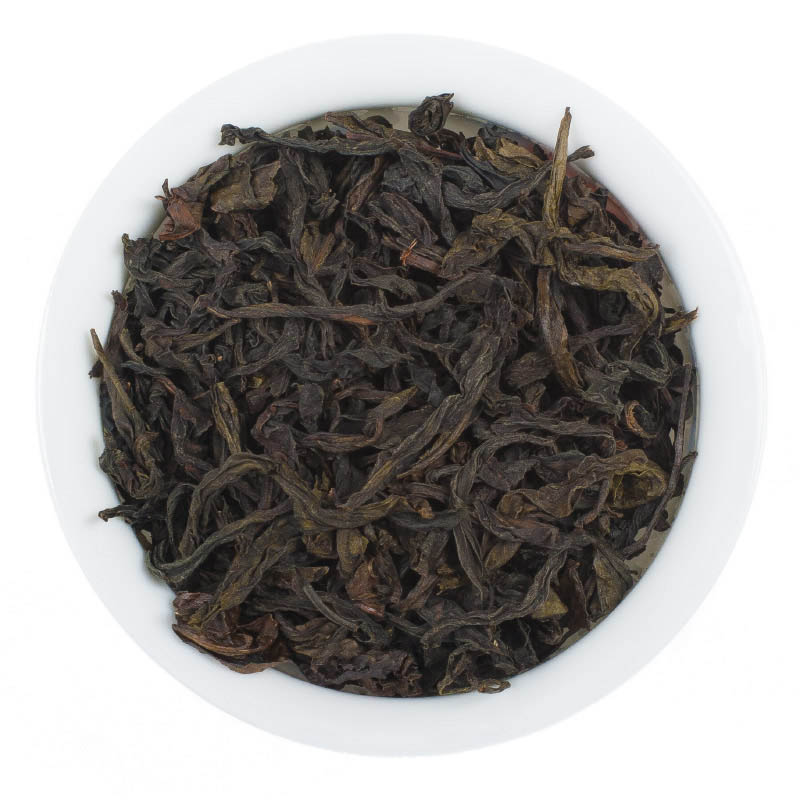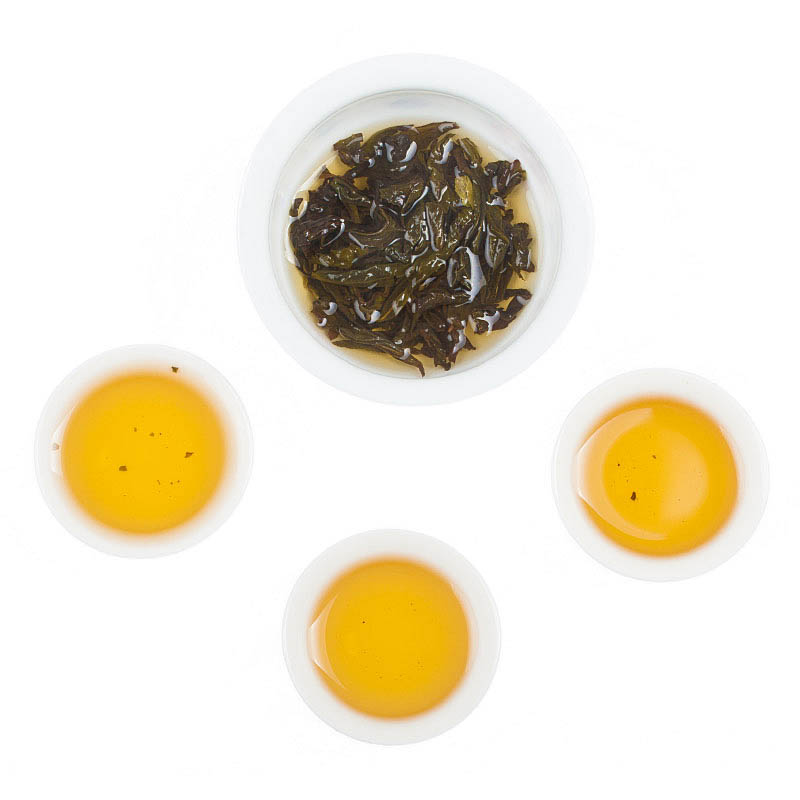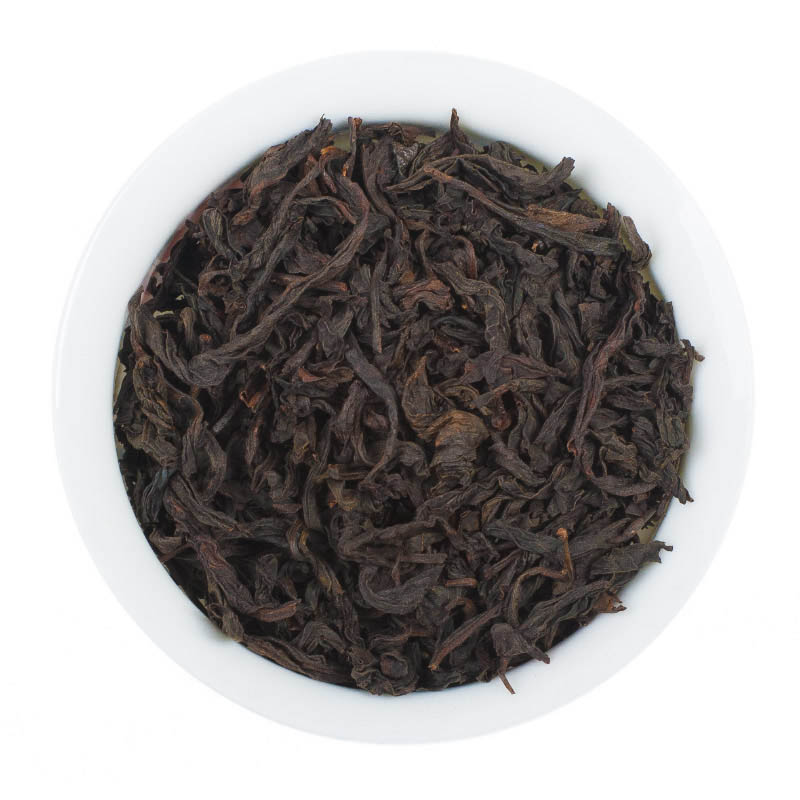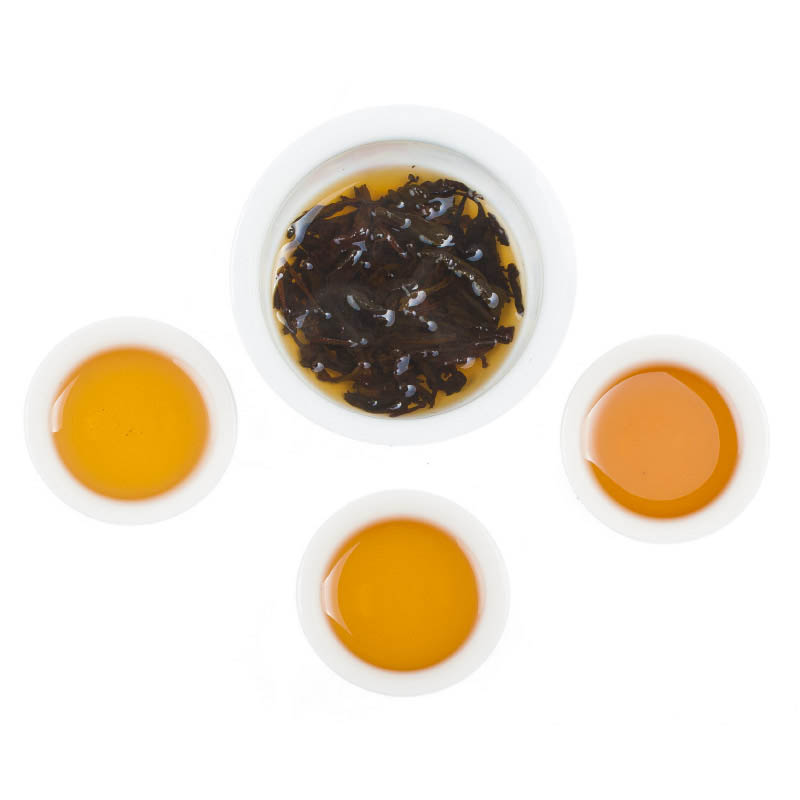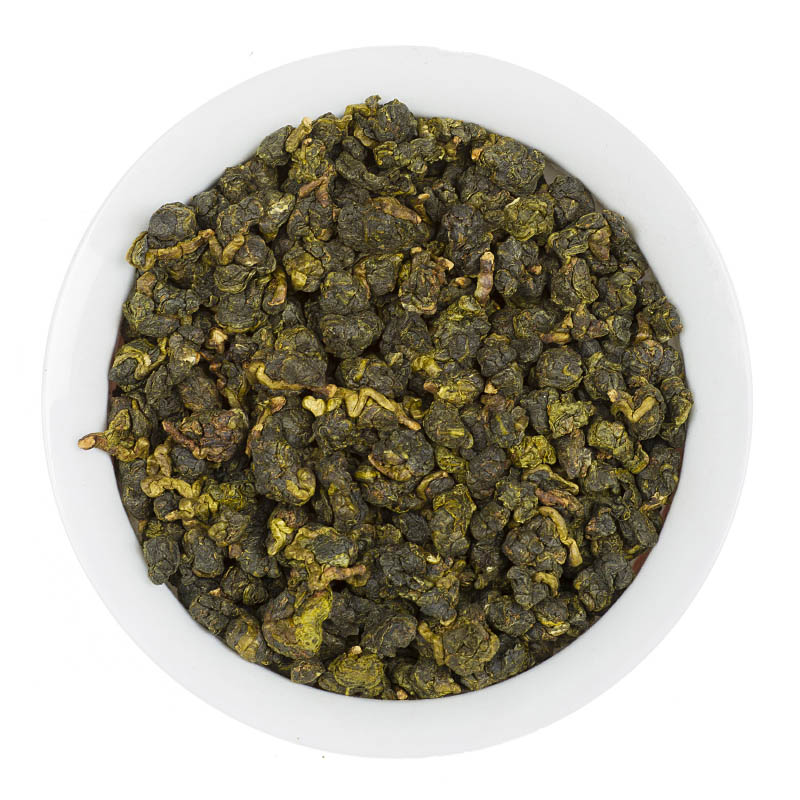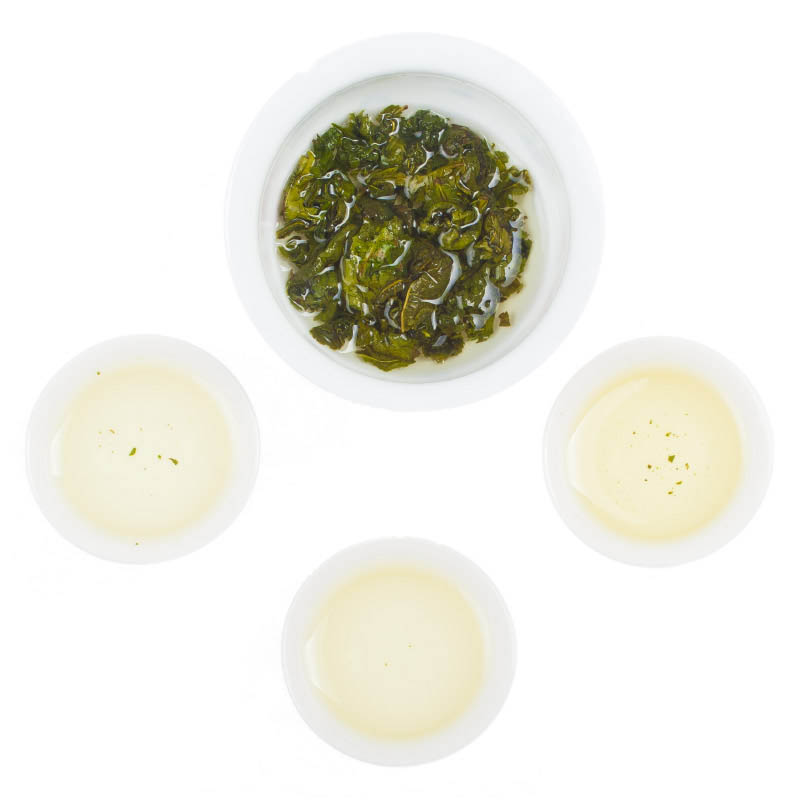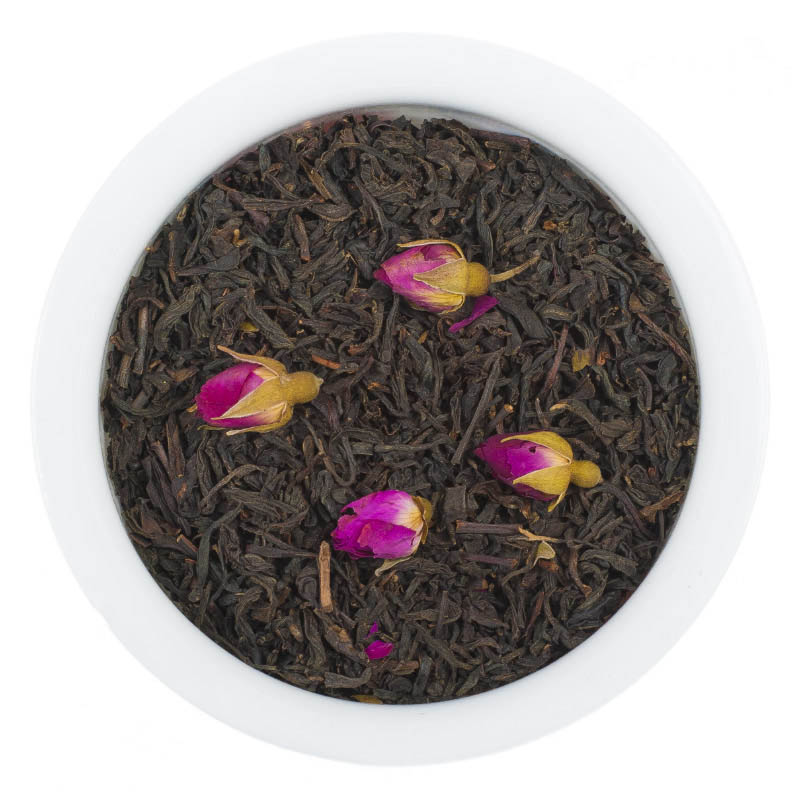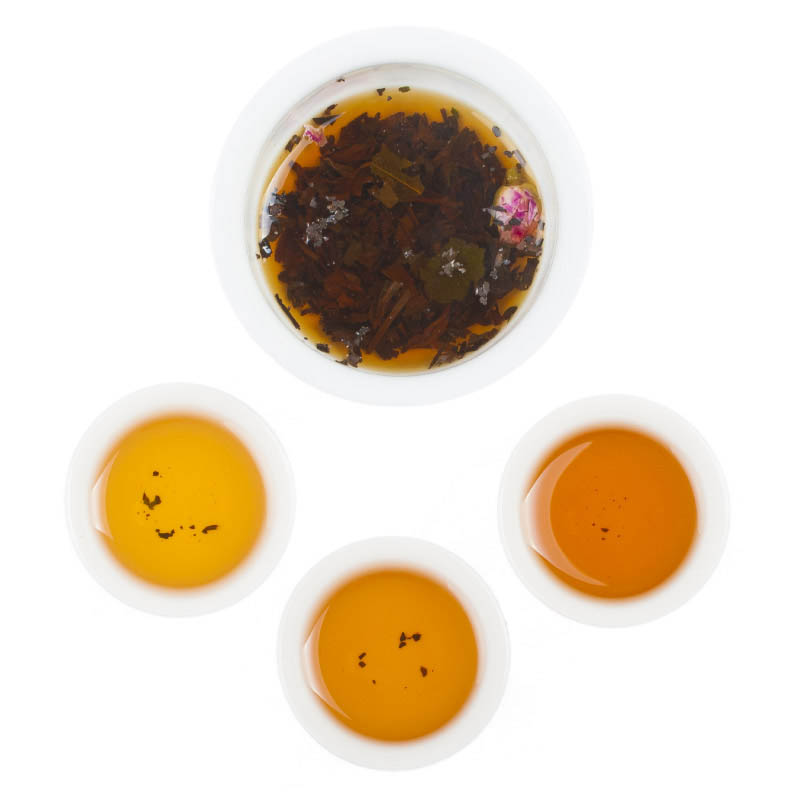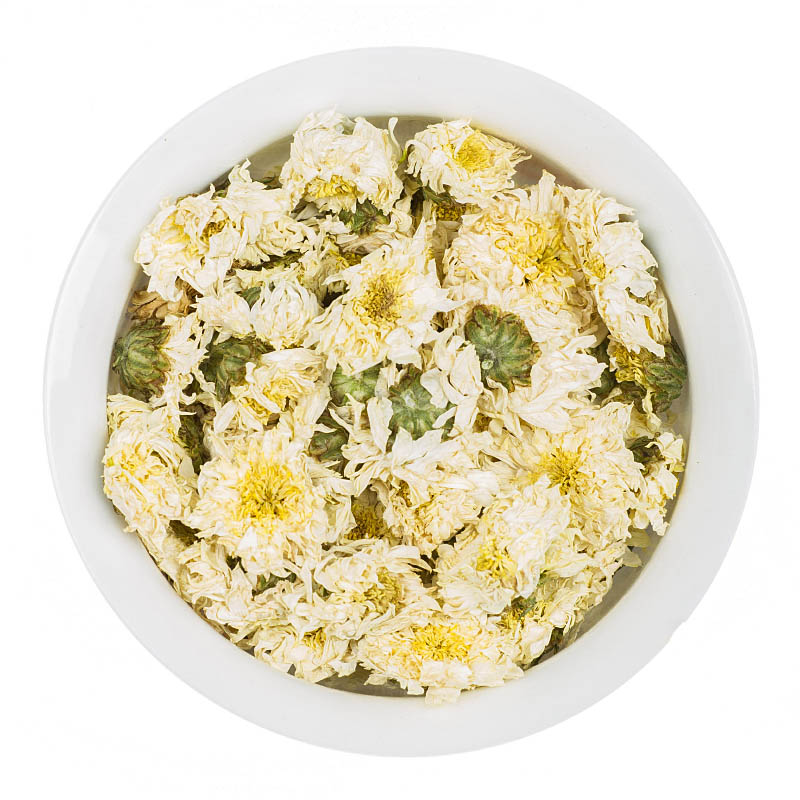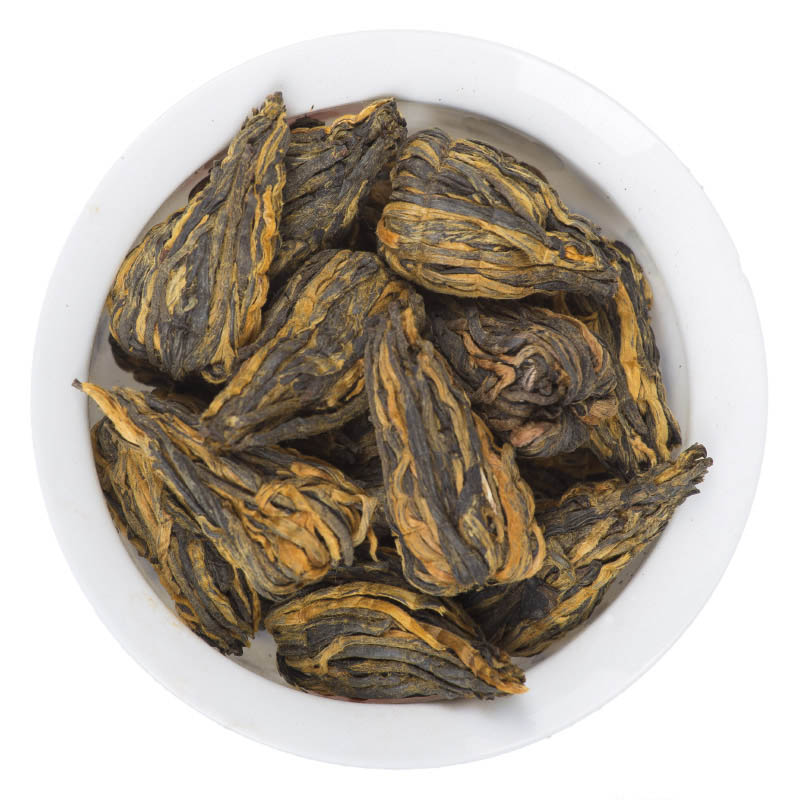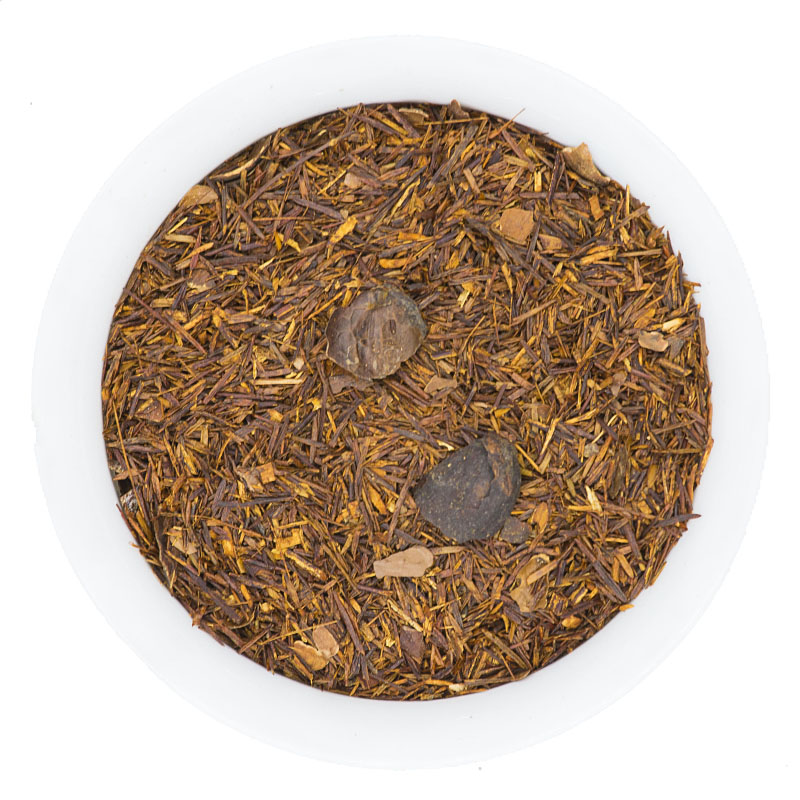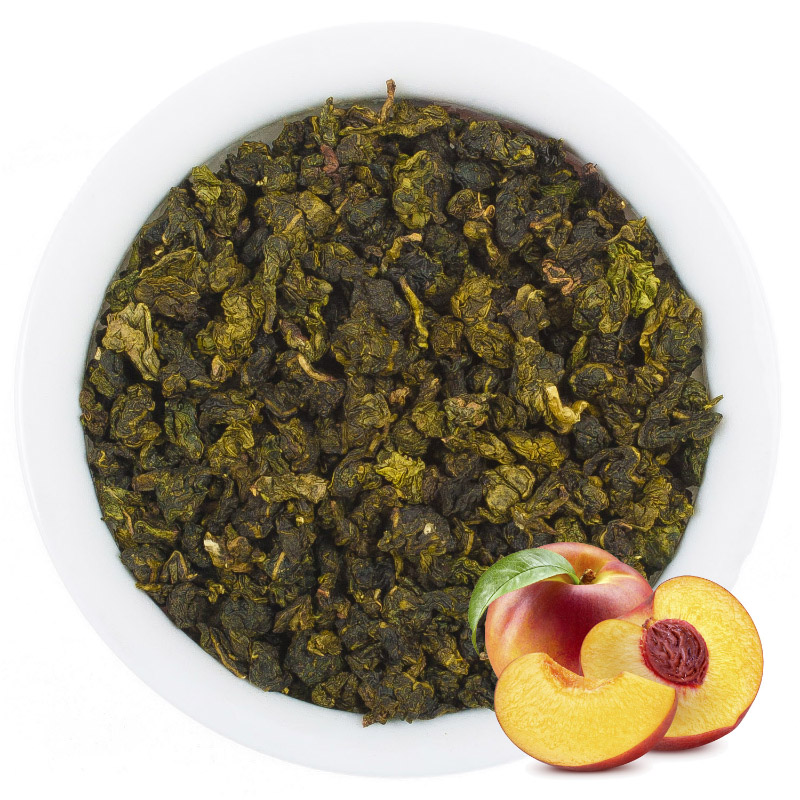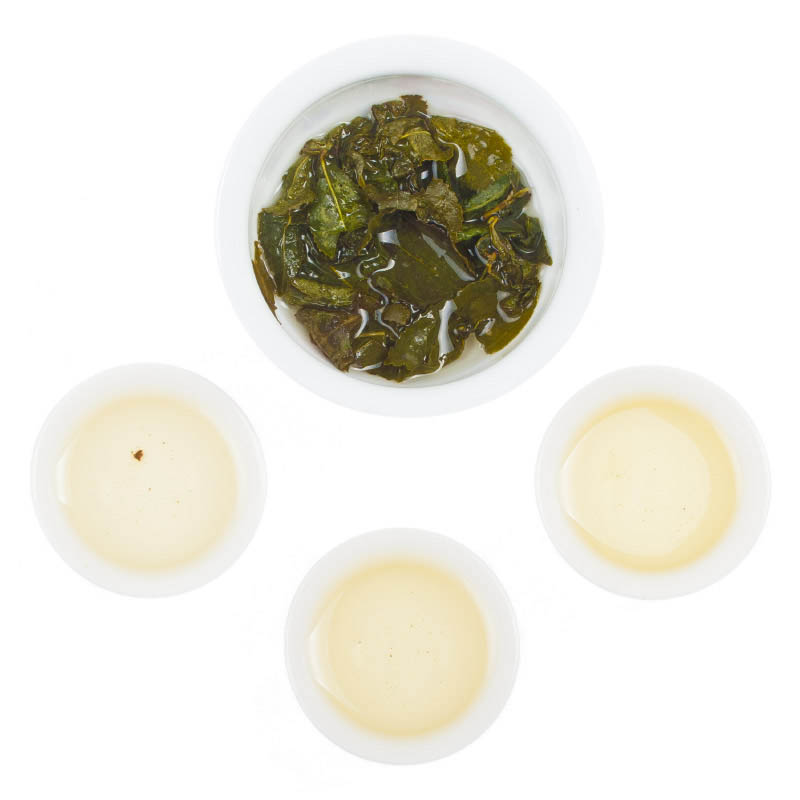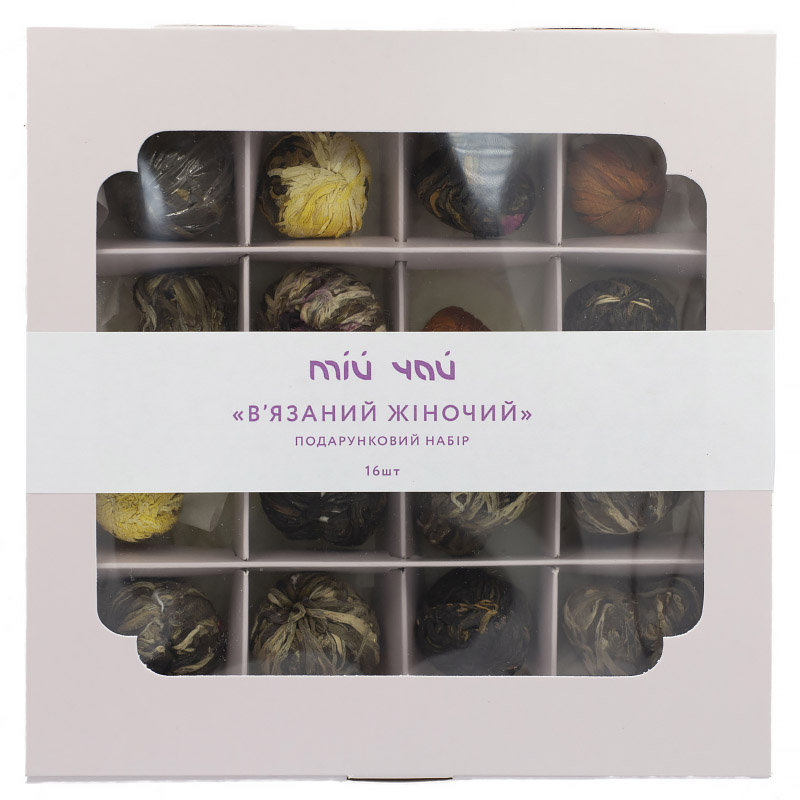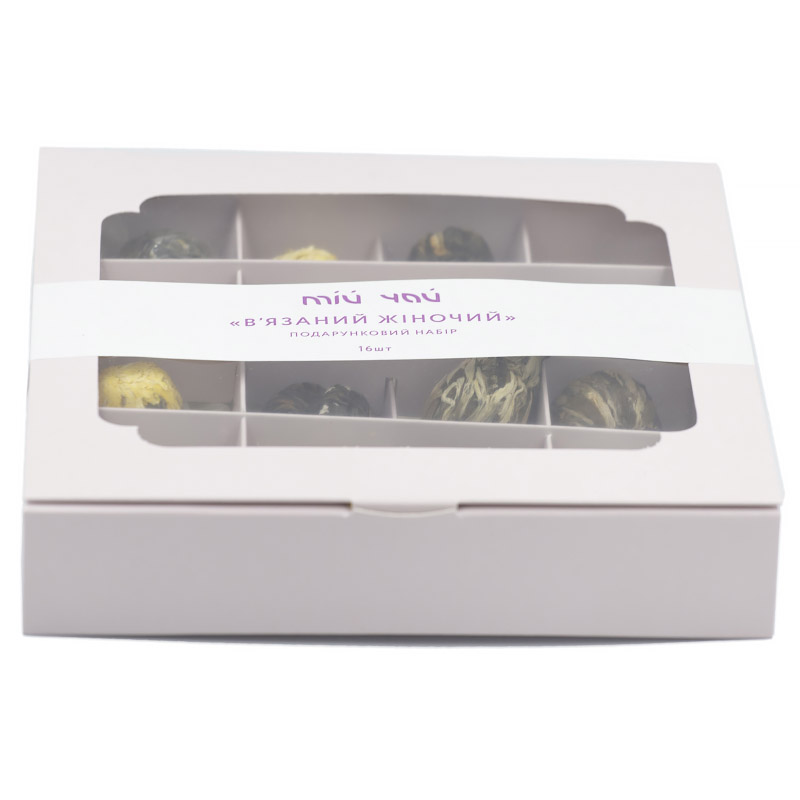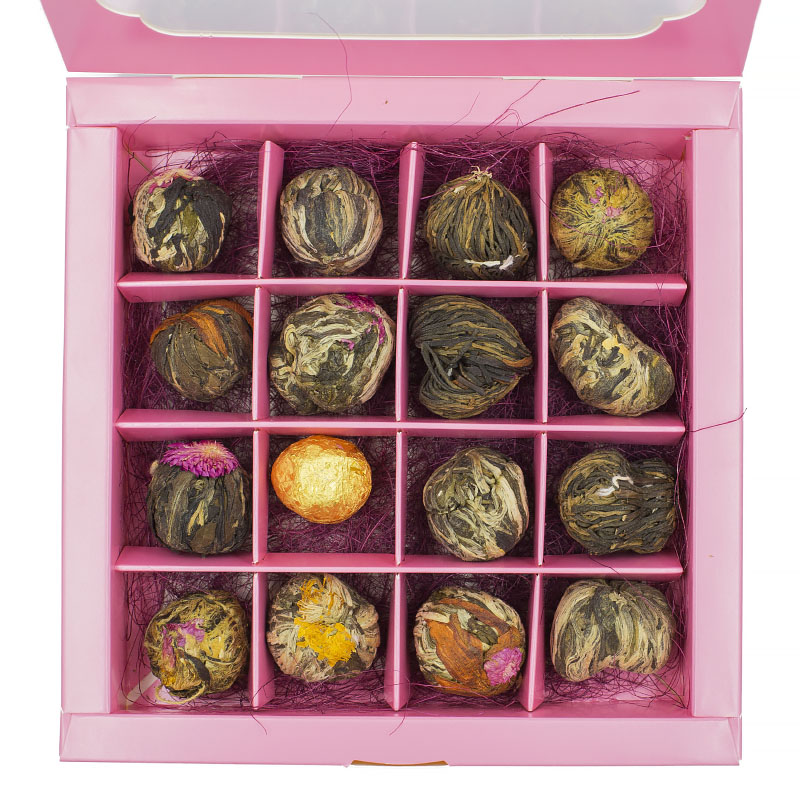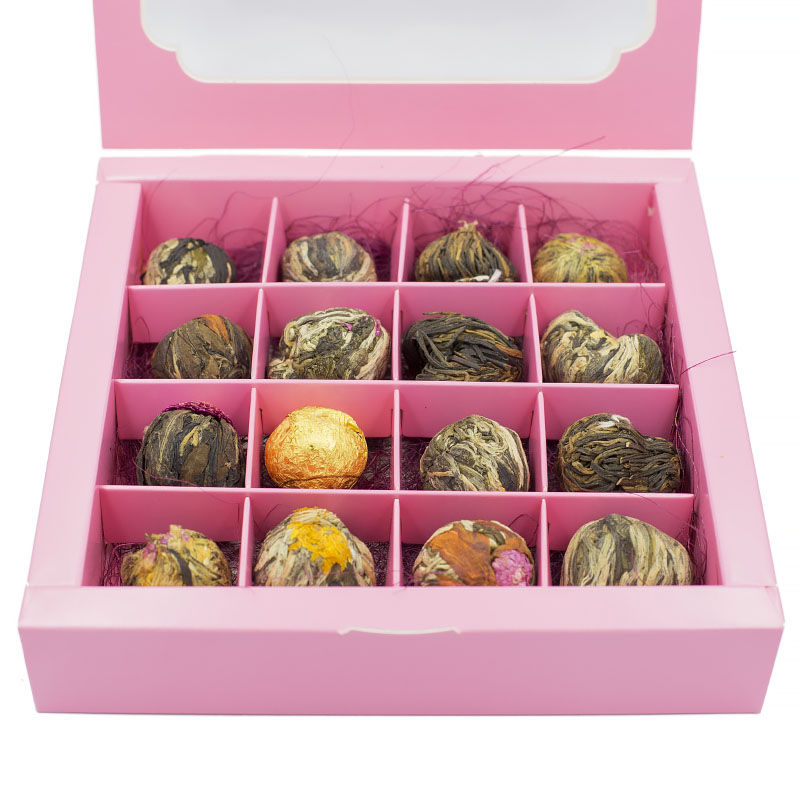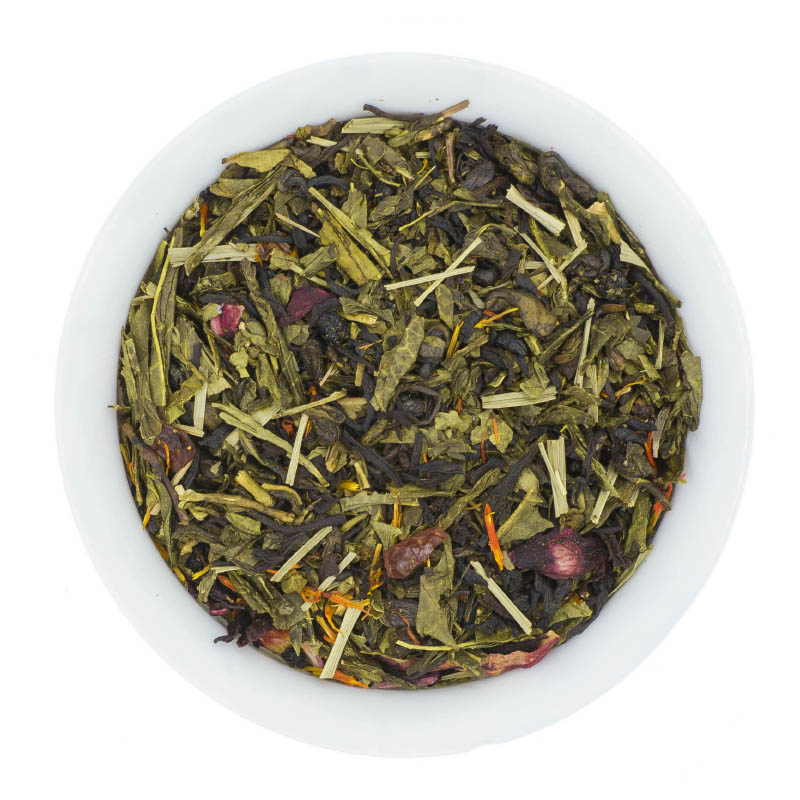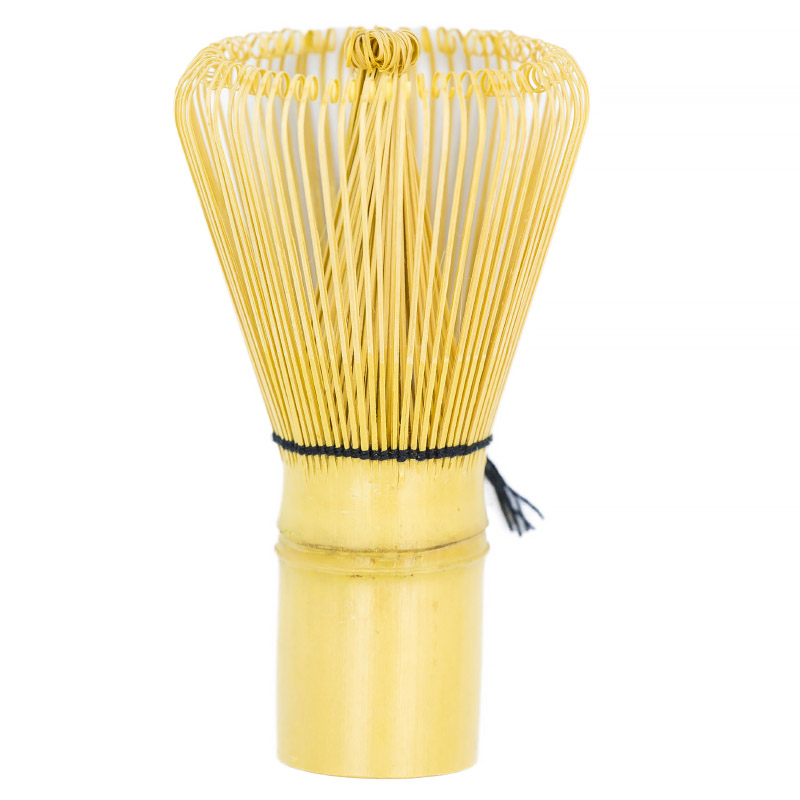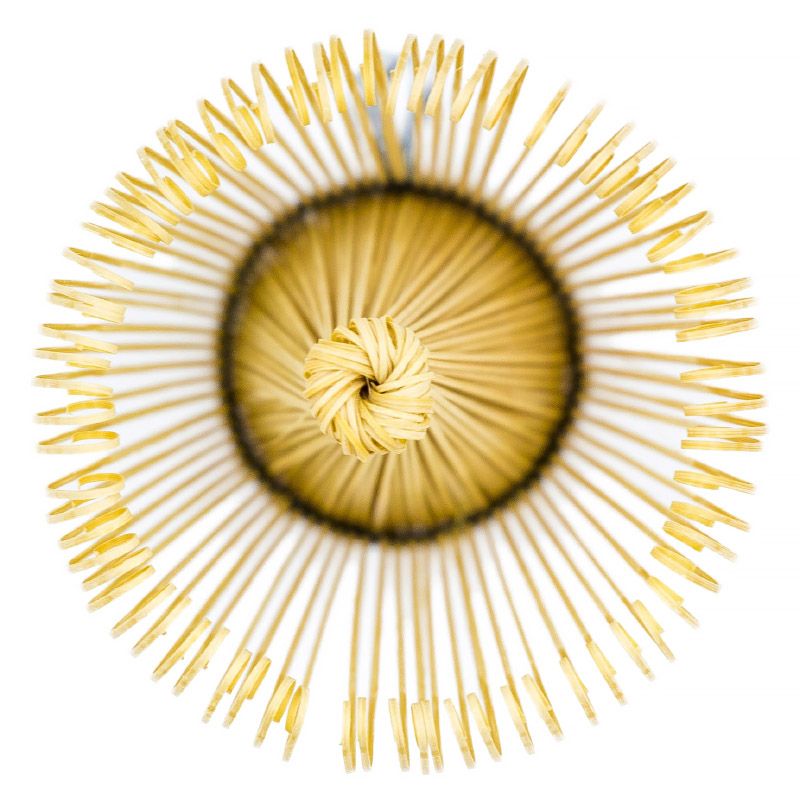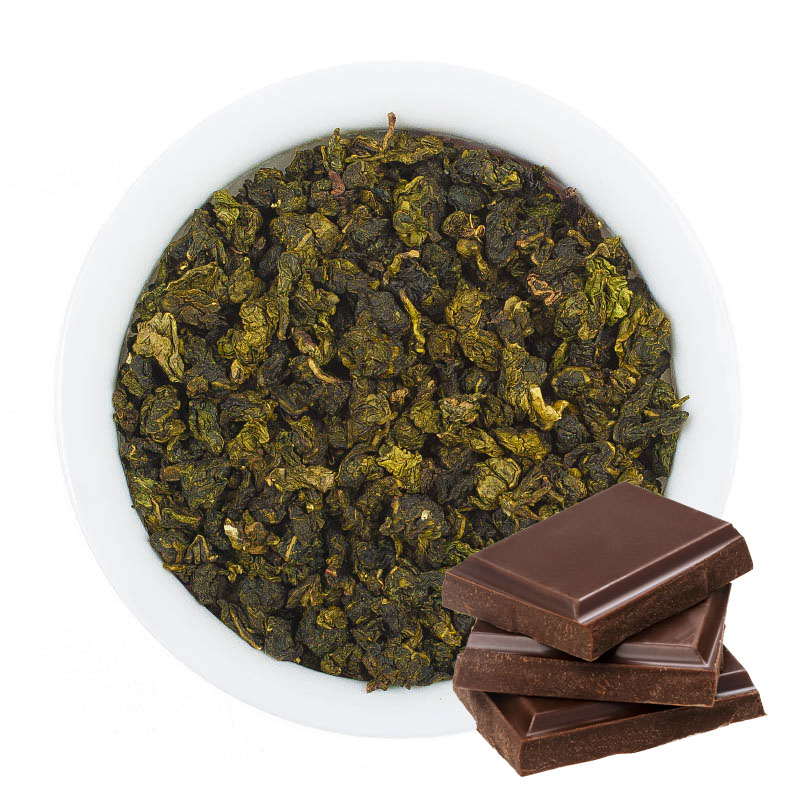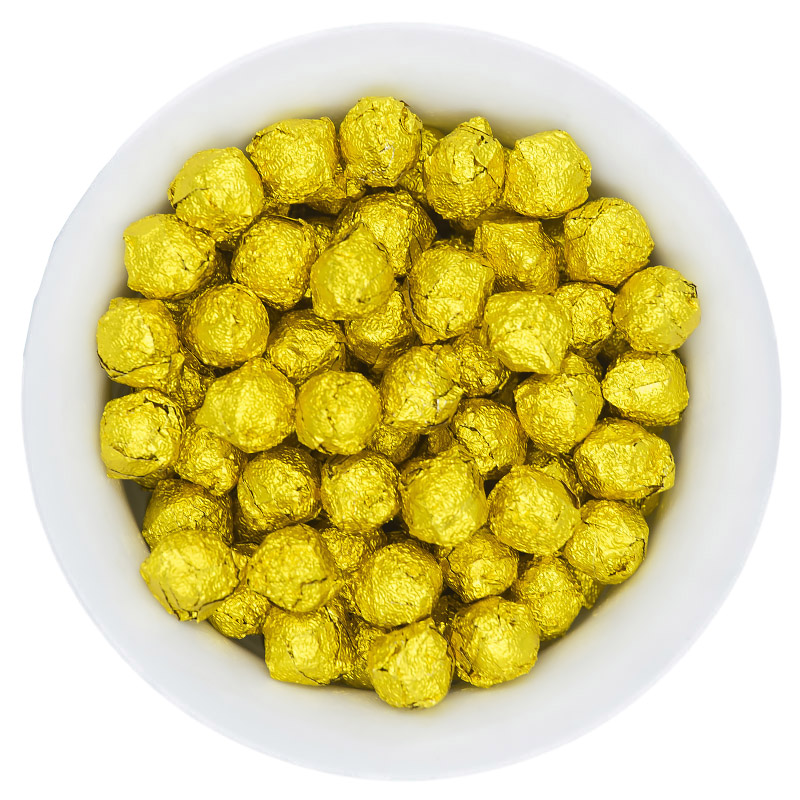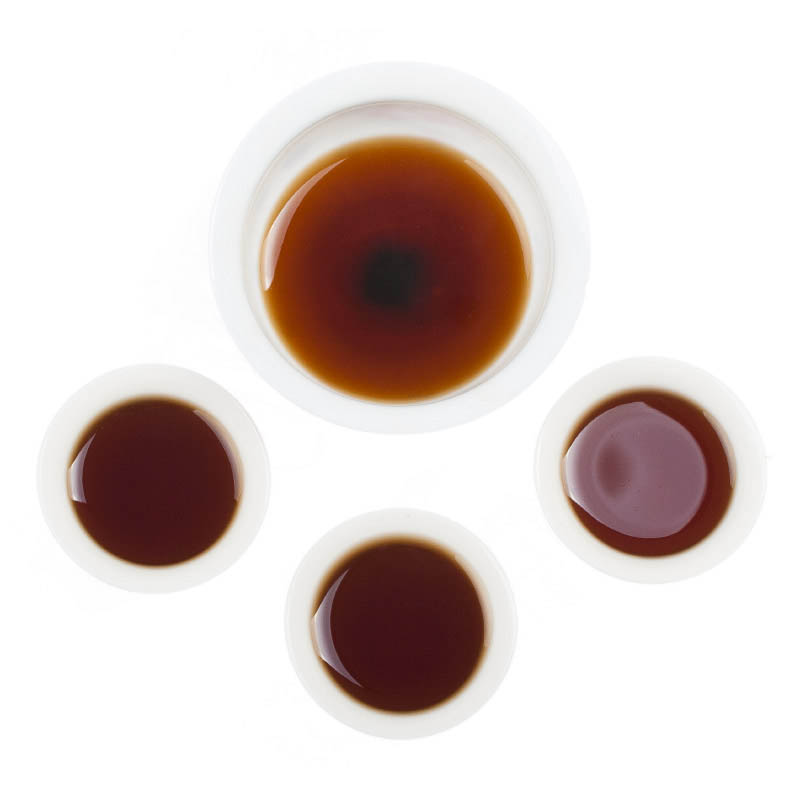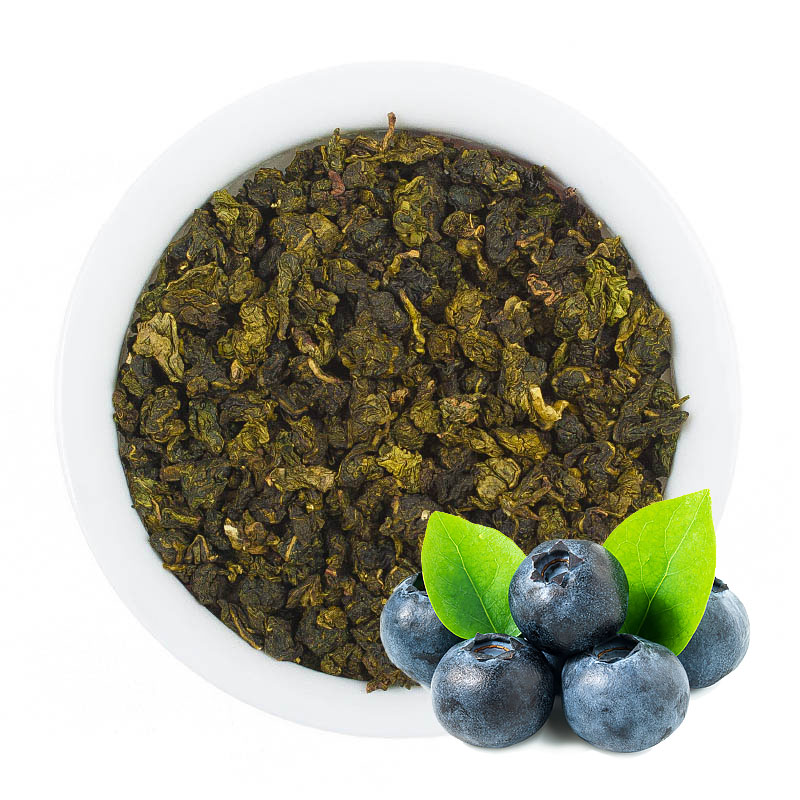Contents
- Features of Indian Cuisine
- Exotic Indian Cuisine
India is one of the most original and mysterious countries in the world. It is considered the cradle of all civilizations. This country has a rich cultural heritage, an important part of which is the national cuisine. Cooking in India is not just an art, but a whole philosophy. Indian tea is famous worldwide; we recommend taking a gastronomic tour to this wonderful country — perhaps it will share some culinary secrets with you.
Features of Indian Cuisine
Indians strive to eat properly and classify all dishes into three categories:
- Non-vegetarian;
- Passionate;
- Good (pure).
The "non-vegetarian" category includes meat and fish dishes that are tasteless or spoiled. Vegetarianism is promoted in India.
"Passionate" food is seasoned with spices and salt, spicy or overly sweet.
The "good" category includes vegetarian dishes and dairy products. Such dishes are considered energetically balanced.
India has the oldest cooking system in the world. It is very complex and involves combining five tastes in one dish. These must include notes of sweetness, saltiness, sourness, spiciness, and astringency.
- Sweetness gives a feeling of satiety.
- Sourness enriches the dish with vitamins.
- Spiciness has medicinal properties, provided by spices.
- Saltiness is necessary to fill the body with energy.
Components that give the dish an astringent taste help remove toxins from the body and slow down fat accumulation.
Indian philosophy classifies food as "warm" and "cool." This refers not to the temperature of the dish but to its effect on the body. It is believed that the right combination of "cool" and "warm" food helps maintain health.
Exotic Indian Cuisine
Indian cuisine can be called exotic. It combines centuries-old traditions of the locals with trends brought from outside.
India is called the country of spices. Women use several dozen spices in various combinations during cooking. Thanks to this, dishes acquire original flavors and piquant aromas.
The country has over 3,500 castes, each with its own dietary customs. Two religions influenced the culinary preferences of locals — Hinduism and Islam.
Muslim community members, mainly living in northern states, do not eat pork. All Indians have officially excluded pork from their menus.
Within one family, different dietary systems may coexist depending on religion. India has absorbed many culinary traditions — Portuguese introduced bell peppers, French brought baguettes and soufflés, British brought puddings and anchovies.
Indians love dishes inherited from Tamerlane’s descendants — fatty pilaf with spices (a recipe unchanged for centuries), sweet flatbreads with almond filling. Black tea perfectly complements them.
The Mughals brought the tandoor oven to India — a special oven shaped like a huge jug. Tandoors are used for baking and smoking meat, baking bread, cooking pilaf and vegetables. The oven temperature can reach 500 degrees Celsius, greatly reducing cooking time.
Meat is present in locals’ diets but in minimal amounts. This is largely due to the climate. Air temperature reaches critical levels, so meat spoils quickly. Several vegetable harvests are gathered yearly, so vegetarianism is popular.
Cows are protected by the state in this country. Killing cattle is considered a mortal sin and punishable by imprisonment. Beef consumption is forbidden. Dairy products are sacred here, especially yogurt. Dahi, as it’s called by Indians, is an essential meal element. This is explained by the fact that casein in yogurt quenches thirst caused by spicy food. Tea and coffee also help with this.
The basis of Indian cuisine is legumes and rice. Almost all Indians eat rice dishes at least once a day. Locals know many recipes for preparing it. Rice is even used to make desserts, such as ice cream. Legume dishes are a protein source.
Indians also love vegetables. They stuff them in sauces with nuts and yogurt and make stews.
Among beverages, locals prefer good tea.
Indian cuisine is quite specific but definitely worth trying.
